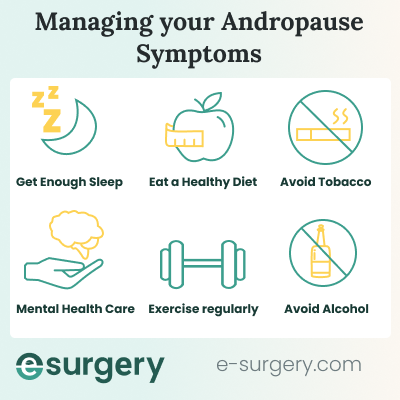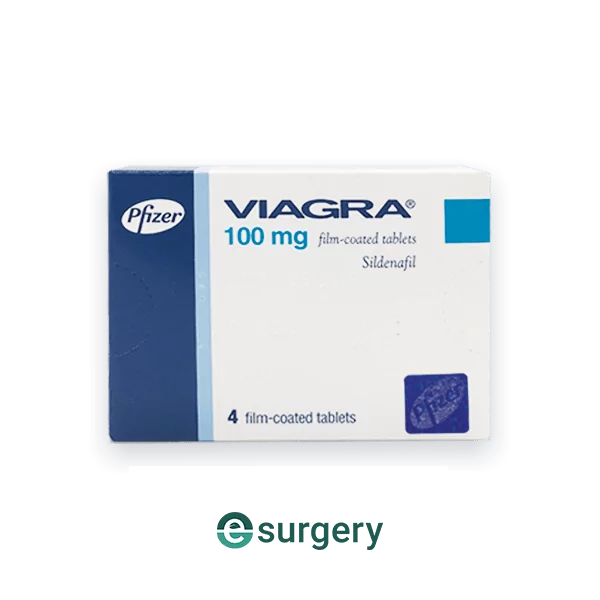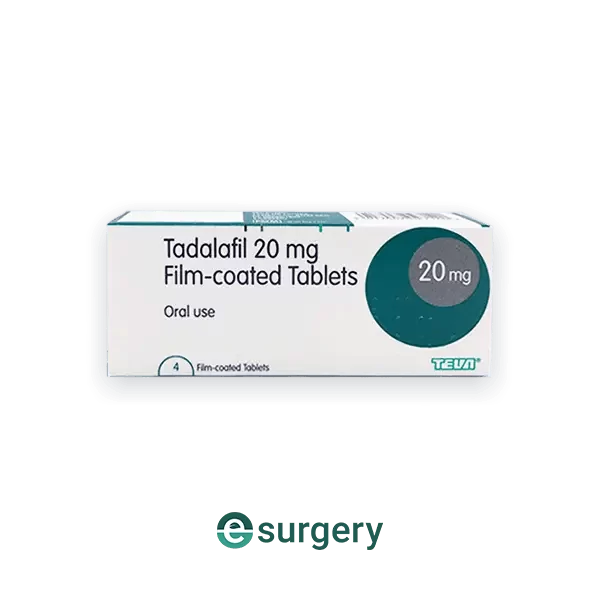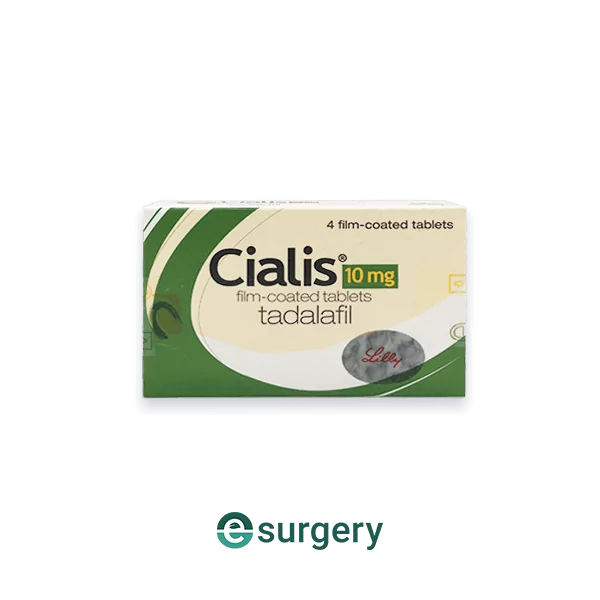
Male Menopause is a term used to describe the decline in testosterone that men experience after age 40. It’s also known as andropause, which is a condition that affects the male reproductive system. It is characterised by hormonal changes in the body.
Men experience a drop in testosterone levels and other symptoms like erectile dysfunction, fatigue and mood changes. Male menopause usually occurs between 40-50 years of age.
The same group of symptoms are also called “low testosterone,” “low androgen,” or late-onset hypogonadism. [1]
Causes of Male Menopause
Testosterone is an important hormone that helps regulate many functions in the body. As men get older, they will experience a gradual decline in their testosterone levels, which can lead to several health problems.
Male Menopause can be caused by many factors including:
- Natural ageing process
- Hormonal changes
- Physical stress on the body
Various factors can contribute to andropause. These include hormonal imbalances, obesity, diabetes and heart disease. The symptoms of this can vary from person to person and are often caused by hormonal imbalances. Male menopause has been linked to lifestyle factors such as stress, obesity, diabetes, depression and anxiety. Lifestyle factors are believed to be the main cause of low testosterone, which often leads to a decline in sexual function and mood changes. [2]
Symptoms of Male Menopause
The symptoms of Male Menopause can vary from person to person and they can be different for each individual.

The most common symptoms include:
- Mood changes: Irritability, anxiety, depression, and mood swings.
- Decreased libido: Loss of sexual interest in both men and women.
- Fatigue: A general lack of energy and feeling tired all the time.
- Decreased muscle mass: Muscle loss leads to an increase in body fat percentage.
- Increased body fat percentage: Weight gain and increased belly fat are two common side effects.
You may experience one or more of the following symptoms: swollen or tender breast tissue, decreased testicle size, loss of body hair, hot flushes. [3]
Men with low levels of testosterone have also been found to suffer from osteoporosis. This is a condition that leaves your bones brittle, causing fractures and breaks.
How Long Does Male Menopause Last?
Due to the nature of the male menopause, it is difficult to define a timeline. Unlike the female menopause, the male menopause is a gradual process, caused by the slow decline in the production of testosterone. However, according to some sources, the symptoms of male menopause can last for up to 15 to 20 years.
Medical Treatments for Male Menopause
Andropause is a condition in which the levels of testosterone in the body decrease. This condition can lead to issues such as depression, weight gain, loss of muscle mass, and erectile dysfunction.
Men who have an andropause diagnosis can take testosterone replacement therapy (TRT) to increase their testosterone levels back to normal. [4]
There are two types of TRT:
- Transdermal – this type of treatment is administered through a skin patch that has been placed on the body.
- Subcutaneous – this type of treatment involves taking shots every few days or weeks depending on the dosage prescribed by your doctor.
Some doctors recommend supplements like testosterone injections or patches for men who have low levels of testosterone.
Available Treatments On E-Surgery
Men’s erections are affected by andropause, which causes erectile dysfunction. E-Surgery offers some treatments to maintain an erection if you have ED. You can check out the medications available on the erectile dysfunction treatment page.
It’s recommended to consult your doctor before starting any new treatment.
Lifestyle Changes to reduce symptoms
There are lifestyle treatments that may help improve these symptoms including exercise and diet changes.

There are a few lifestyle changes that can help reduce the symptoms of andropause, such as:
- Getting enough sleep
- Eating a healthy diet
- Exercising regularly
- Avoiding tobacco products
- Avoiding Alcohol
- Taking care of your mental health
- Keeping your weight under control
There are many lifestyle changes that one can make to help with this condition. One major change would be to adopt a healthier diet that is rich in vegetables and fruits. The diet should also include lean meats, fish, legumes and nuts.
Another lifestyle change would be to exercise regularly for at least 30 minutes a day or more if possible. The exercise should be of moderate intensity and it should focus on the whole body.
Managing Male Menopause
In this article, we have discussed what male menopause is, what causes it and how to treat it with lifestyle changes or TRT. Male menopause is a natural process that happens to all males as they age. It can be very difficult for the male and his partner to deal with. But by understanding what it is, the symptoms, causes, and treatments, it may be easier to cope with.
The symptoms are different for every man, but some of the common ones are increased irritability, mood swings, decreased sex drive, erectile dysfunction, hot flushes, depression and weight gain.
Sources
- Male Menopause Other Names | Healthline
- Personal Or Lifestyle Issues | NHS UK
- Symptoms | Healthline
- TRT | Healthline
- HRT | NHS UK
Further Reading
- The ‘male menopause’ | NHS
- Male menopause: Myth or reality? | Mayo Clinic
- Male Menopause: Overview, Symptoms, and Treatment | Healthline













